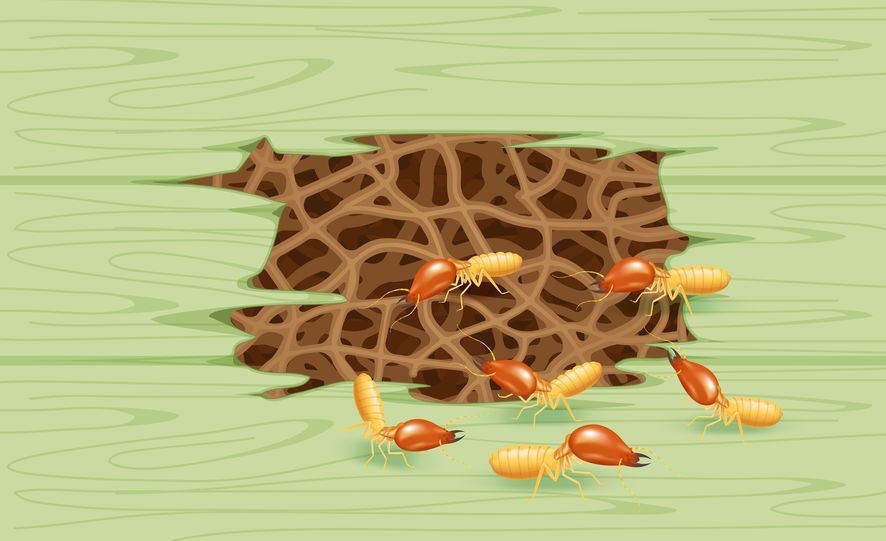Termites can build extremely complex structures, and researchers started wondering if they could replicate the blueprints of termite colonies using mathematical algorithms. Researchers were particularly interested in termite mounds, which are perhaps the greatest example of complex architecture in the insect kingdom.
Previous studies have shown that variations in temperature drive the convective flow within the termite mound in order to provide ventilation and move the pheromone cues that trigger termite behaviors in different ways. For this experiment, the researchers wanted to understand more about how these structures are built, so they mapped two nests using a CT scanner, which allowed them to quantify the space within the colony and better understand how floors and ramps were arranged. To add to the complexity of these structures, the termites will not only use simple ramps to connect the floors, but they will also add spiral ramps to connect multiple floors to each other.
With the help of these visualizations and previous findings on the temperature and pheromone shifts that happen during the day/night cycle, researchers created a mathematical model that can explain how the mound is constructed. This model takes everything into account, from the flow of the air, to the positioning and consistency of the mud, and even the movements of the termites themselves.
Basically, when you see termites moving through a colony, what you are looking at is a “fluid” that can perceive and interact with its environment. Then you have air itself that flows, which also has fluid characteristics. To add even more complexity, there is also mud, which when carried around by termites affects the way in which the pheromones and the air in the colony flow. The mathematical model was built to take all of these factors into account and accurately predict the spacing between the various layers and how the linear and helical ramps will be formed.
It is hard to create mathematical models that predict the behavior of living beings, but when you have groups, you can have a certain level of accuracy in your predictions, and when you have groups of termites, the accuracy of the predictions is much higher. This is because termites use pheromones to identify their tasks and determine their behavior. Given this propensity, when you have the ability to determine how pheromones will flow inside of a colony, you can predict how the colony will shape up in the end. This research not only shows an interesting aspect of nature and of termites, but it can also help lead the way into further research in swarm intelligence.

